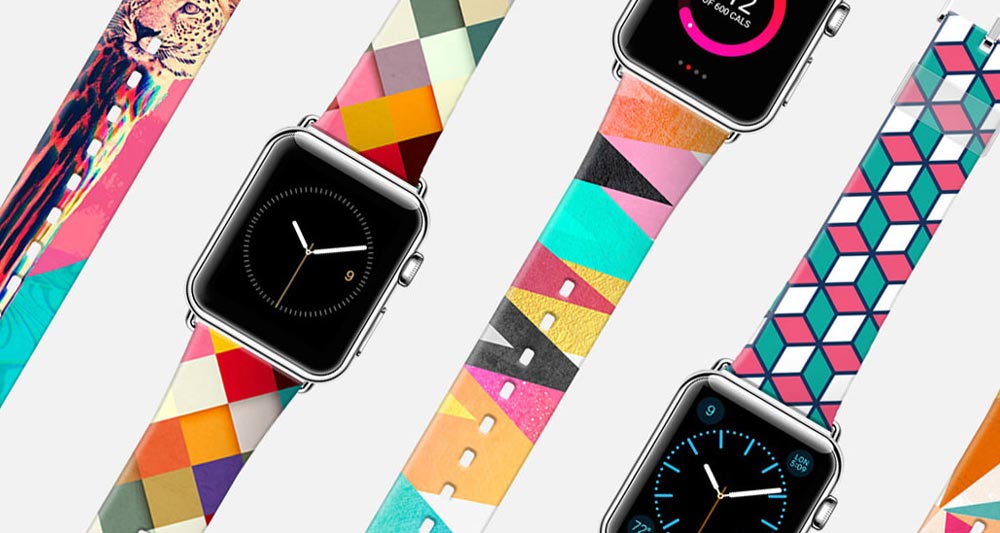
Why Watch Bands Will Fuel Apple Watch Sales
A few days ago, Apple did something I didn’t expect them to do so soon. They gave third-party manufacturers the ability to start creating Bands to sell as part of the brand’s “Made For Apple Watch” program (so long as they meet specific specs). I’ve been thinking about this for the last few days and I’ve come to realize something: This is going to be huge.
Bands on the Apple Watch are akin to wheels on a car. Some wheels are built for racing, some are built for everyday use, and others are built with the sole intent of just looking good. Third-party Bands will offer the same type of diversity and versatility, and truth be told, no other electronic product or piece of wrist-wear I can think of has ever done that.

You can almost look at the Apple Watch “puck” (or chassis) as a pair of jeans, capable of changing its personality daily or even a couple times a day if you’d like. You can go from something super casual and comfortable to something bold and bright in a matter of seconds. It really goes to show the amount of work that went into creating a wearable that was meant to look beautiful while simultaneously maintaining an almost neutral (and thereby infinitely modifiable) presence. That’s not easy.
Look at other watches out there and you’ll see how the bands designed for them are usually the only ones that look truly good on them. Between the color scheme of the case and watch face, most of these items typically ship with one personality, and they are forced — at least in terms of optimal aesthetics — to stay that way forever.
That isn’t a bad thing, of course. It’s just how the watch industry has mostly been for the duration of its existence. Sure, you can take your watch, get a third-party band, and strap it on, but more often than not, it just won’t look like it belongs. And even if it does, it’ll usually scream “aftermarket” to anyone who has even the slightest eye for design. Also, consider that changing traditional watch bands out takes several minutes of small-scale labor (with a specialized, sharp, case-scratching spring bar tool), which is something most people don’t want to deal with. These watches don’t really lend themselves to changing their looks a few times a week, much less two or three times a day.
But Apple Watch does.
With its simple mechanism that makes changing Bands a quick, tool-less, non-abrasive affair, third party Band manufacturers can end up being one of the main drivers of Apple Watch sales (especially if they price their wares in the $25 to $50 price range, making Apple Watch’s versatility a lot more affordable for buyers on the fence). Nobody in the smartwatch market is going to have this type of leverage when it comes to bands. Not Samsung, not Motorola, not LG, not even Tag Heuer. None of these companies are going to have manufacturers running to them with big ideas of making real money off selling dedicated straps.
And this is all part of the allure of Apple Watch that many won’t understand. In this case, it has nothing do with function, capabilities, health and fitness tracking, or even apps. The ability to accessorize Apple Watch simply taps into our desire to look good and feel different. And it’s something that’s going to fuel the Watch to become a very successful product.
Early on, expect to see third parties designing new Bands based around the various colors and augmentations of Apple Watch’s ten faces. Alligator straps will look good with the Simple Face, while carbon fiber inlays seem destined to enhance Chronograph. And if Apple ever opens Faces up to developers everywhere, I’m sure aftermarket Band makers will have fun bundling their hardware with complementary software. The possibilities and style combinations are endless.
Just like Apple Watch’s sales potential.